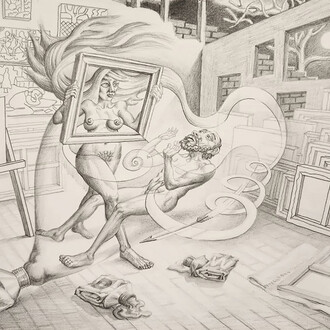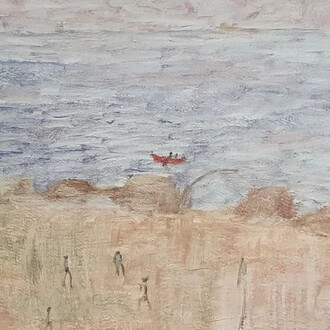Symbolism is among the most complex art movements to define. Although it followed on the heels of Impressionism, whose imagery was accessible and bright, Symbolism’s dark and mysterious vocabulary is far less known.
Symbolism, in fact, began as a literary movement in France in the 1880s and later expanded to visual art in Belgium, Germany, Norway, and elsewhere. Reacting against rationalism, materialism, and Impressionism’s focus on the external world, Symbolist artists sought instead to represent the unseeable—ideas and emotions. These artists shared a general cynicism about the late 19th century’s moral decline, technological advancements brought about by rapid industrialization, and the rural flight to urban centers.
In response they made art that invented alternate realities. Some artists turned to the past, transposing mythological and religious subjects onto the present moment; others turned to the future, imagining anarchist or idyllic worlds; while still others sought meaning by examining and excavating the self.
















